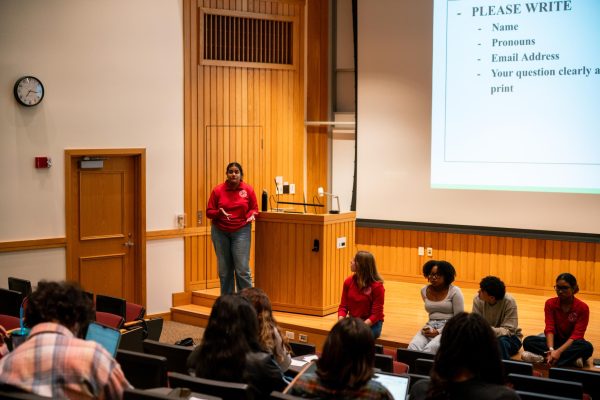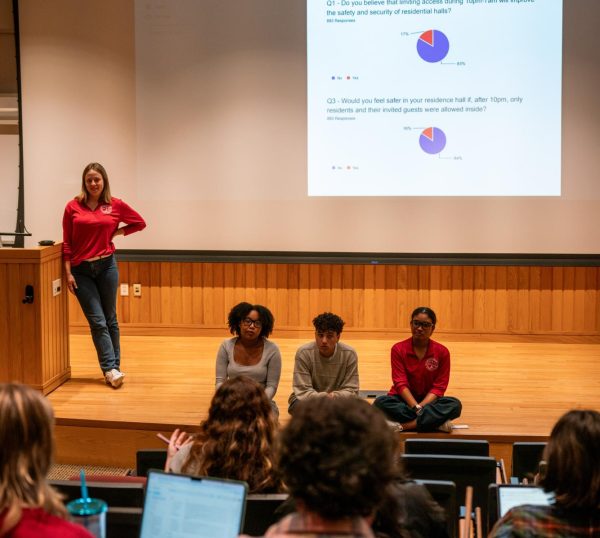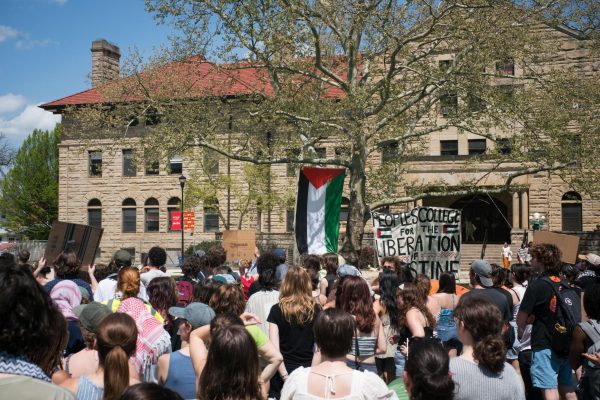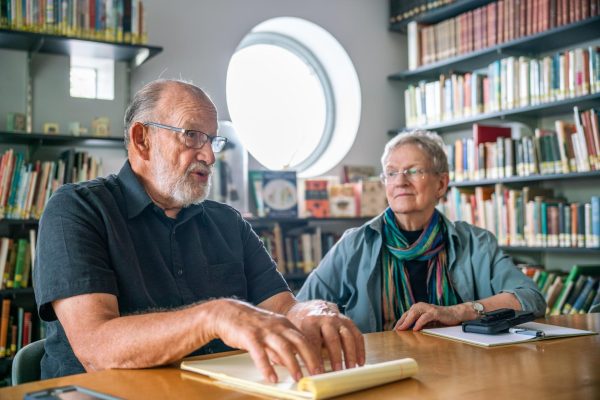Edmonia Lewis Center for Women, Transgender People Shuts Down
After several semesters of inactivity, the Edmonia Lewis Center for Women and Transgender People has officially shut down. The building, which is in a state of disrepair, will be decommissioned this summer after the current residents of the house move out.
According to the Oberlin website, the ELC is “a collective of students, staff, and administrators who strive to transform existing systems of oppression based on sex, gender, race, class, sexuality, age, ability, size, religion, nationality, ethnicity, and language.”
However, over the past several semesters, the center’s active role on campus has drastically dropped. According to Vice President and Dean of Students Meredith Raimondo, the student board of the ELC ceased to exist in Spring 2016 and did not appoint new members. This inactivity, combined with a perceived lack of interest in continuing the center’s operations, led Raimondo to reallocate the funding for the center and effectively close the ELC. Students have continued to live in the residential portion of the house, since half of the building is technically part of College housing as a Village House.
“Because the program had been inactive for several semesters, I made the decision to reassign the funds in the Student Life budget that supported the ELC to other social justice initiatives,” wrote Raimondo in an email to the Review.
The center is named for Mary Edmonia Lewis, who was an Oberlin student from 1859–1862 and went on to be a famed sculptor. Lewis, whose mother was a Native American of the Chippewa tribe and whose father was African-American, was one of only about 30 students of color at Oberlin College in 1859. During her time at Oberlin, Lewis was the center of a town scandal when she was accused of poisoning two white classmates. She was acquitted of the crime, but after being accused of stealing art supplies from the College, she was not allowed to continue as a student.
When Lyala Khan, a College sophomore who works in community outreach at the Multicultural Resource Center, heard about the ELC closure from her boss at the MRC, she posted on Facebook to see if other students were interested in preserving the center.
“The response was honestly stunning,” Khan said, as many students replied to the post asking how they could be of help. “The administrators complaining about lack of student support can largely be attributed to the fact that students did not know the center was closing down.”
While administrators have told students that they will not be able to repair the house, Khan and others are working to find a way to continue to honor Lewis’s legacy on campus.
“I really do think that as an institution we failed her back then, and I just really don’t want us to do that again,” Khan said, referring to the refusal of the Oberlin administration to allow Lewis to continue on with her studies.
Some students have proposed that Baldwin Cottage, the College’s safe living space for women and trans people, be renamed for Lewis. However, due to the complexity of renaming a building, it seems that the creation of an Edmonia Lewis Center inside of Baldwin may be more likely, according to Khan.
Although the ELC will not continue to create social justice programming as it once did, Raimondo sees the center’s work as a success.
“At the time of the ELC’s creation, it was the primary space on campus for students to create intersectional feminist programming and women of color organizing outside of academic programs,” Raimondo said. “In part due to the important work of ELC collective members, such frameworks are now widely used by many co-curricular programs and student organizations. … The program has not ended, but rather has been taken up in many places by a wide range of people, demonstrating the success of the ELC’s efforts.”





